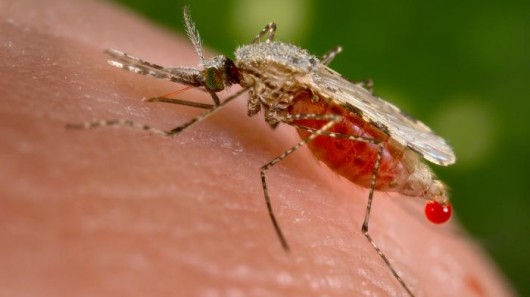Panama’s Gorgas Memorial Institute for Health found in a recent study that genetically modified (GM) mosquitoes can be used to combat dengue with a high degree of effectiveness, scientists involved in the project said.
The director of the study, Lorenzo Caceres, said that in a period of six months approximately 4.2 million genetically modified male mosquitoes were set free in a town near the nation’s capital. and
Consequently, a 93 percent reduction in the population of the dengue-carrying Aedes aegypti mosquito was seen.
The female of the Aedes aegypti is the carrier of dengue and the job of the GM male mosquito is to find her, mate with her and die.
The female, vector of the disease, is fertilised but the larvae it produces are incapable of surviving to maturity, which consequently reduces the Aedes aegypti population, according to the scientists.
The technology was applied between May and November 2014 at Nuevo Chorrillo in Arraijan district, some 13 km away from here.
The genetically modified mosquitoes were released in Nuevo Chorrillo, while another two Arraijan areas with ordinary mosquito populations were used for comparison, Caceres said.
Also taken into account was whether a declining Aedes aegypti population would increase the presence of other mosquito species like the aggressive Aedes albopictus, but that, Caceres said, never happened.
Caceres said it was up to the Panamanian Health Ministry to make this new tool a part of its strategies to control the dengue-bearing Aedes aegypti mosquito.
However, the scientist did not wish to claim that “this tool will eliminate or eradicate Aedes aegypti altogether”.
“This tool must be used to complement other techniques and other strategies that exist to control Aedes aegypti in our country,” he said.
In 2014, nine people died and another 5,026 were infected by dengue, in 2013 there were eight deaths and 4,481 infected, while a baby, during the month of March, became the first victim of the disease in 2015, according to official figures.
